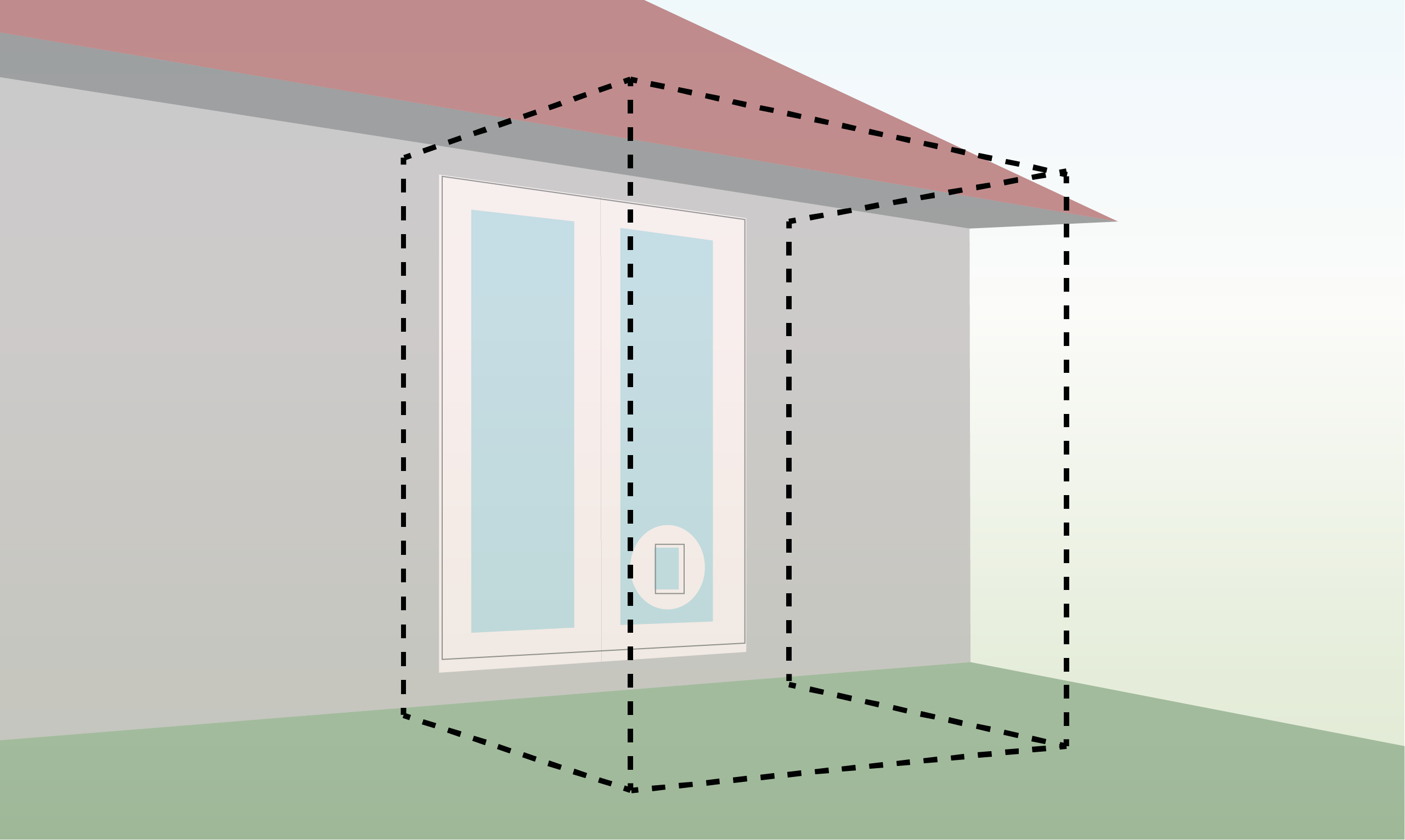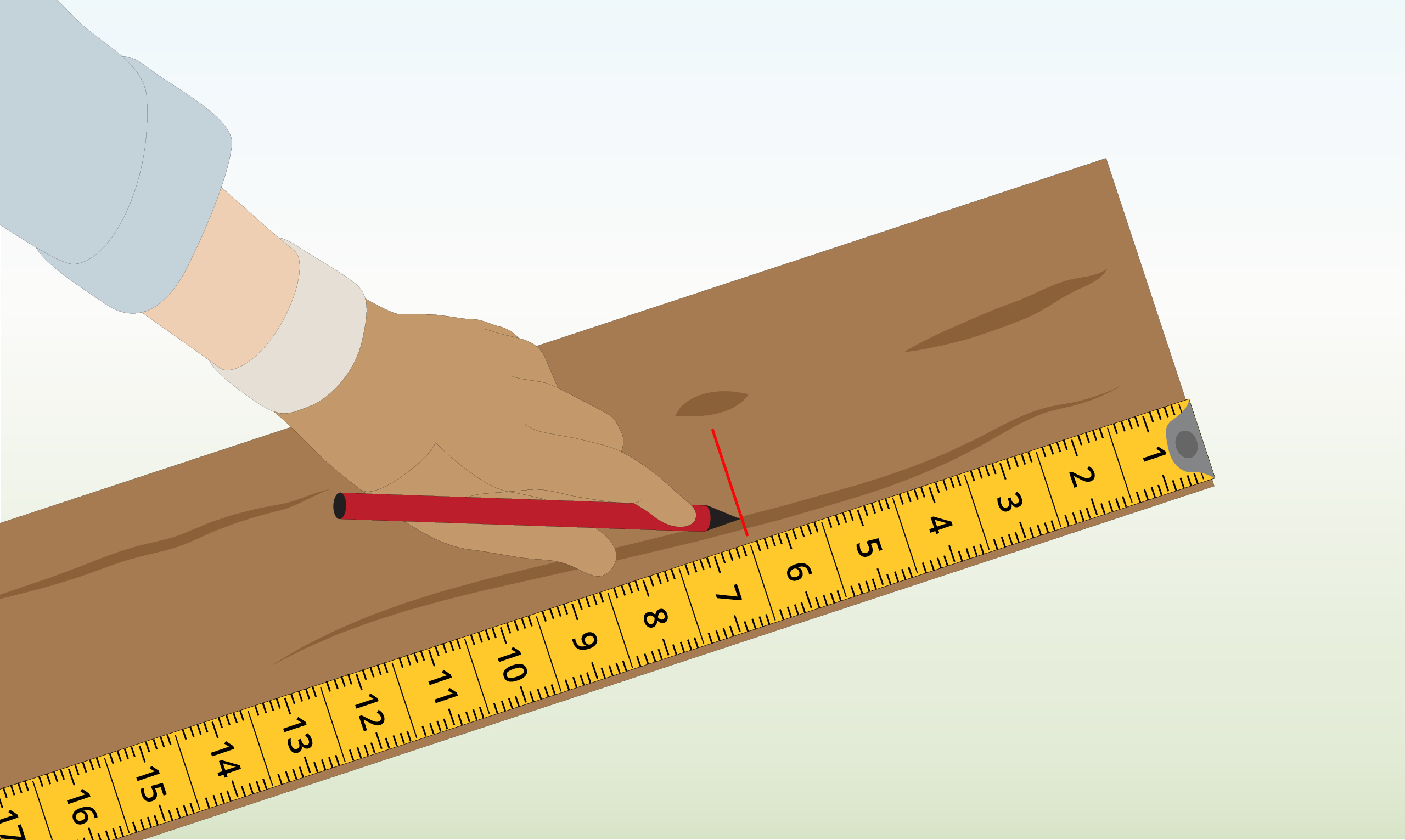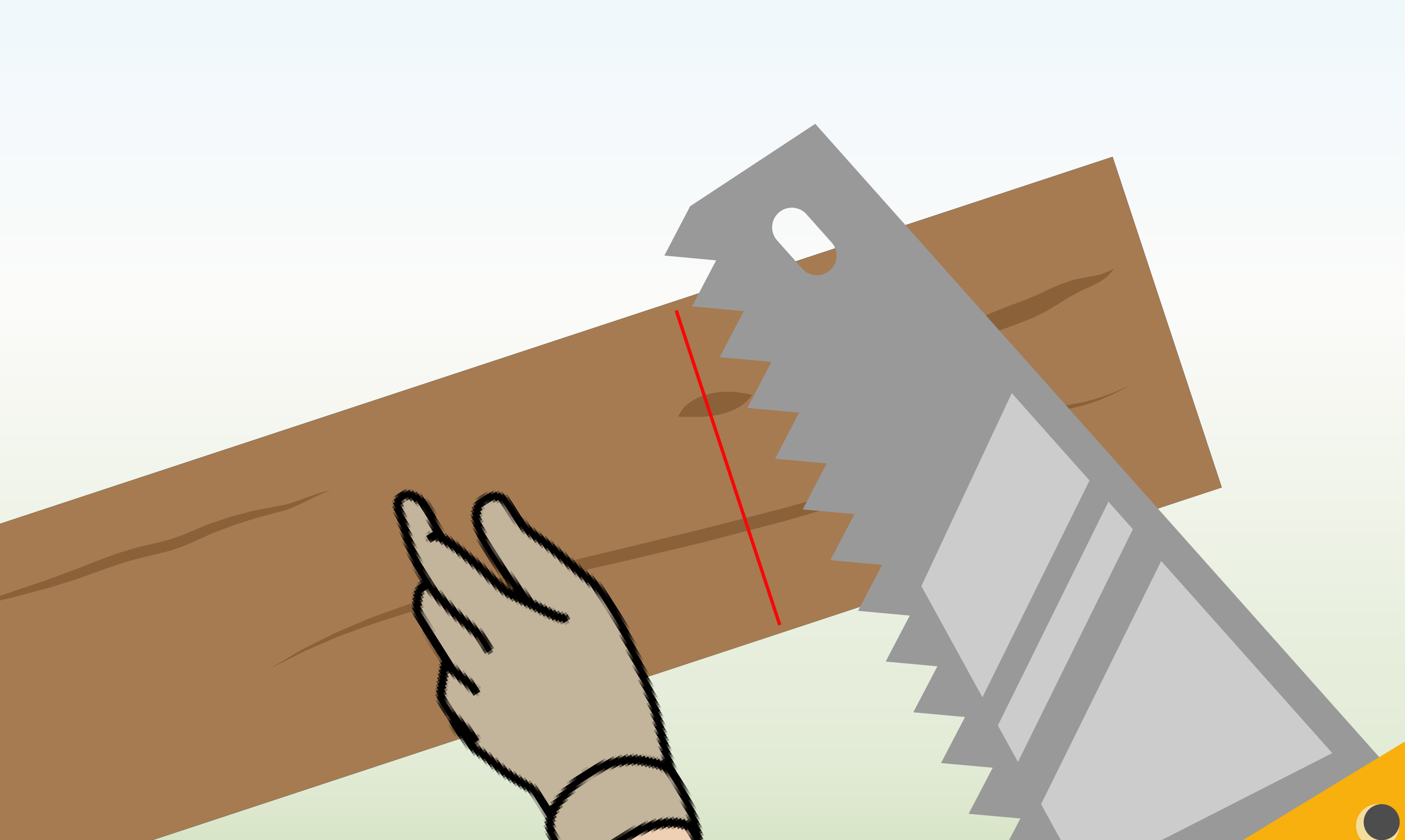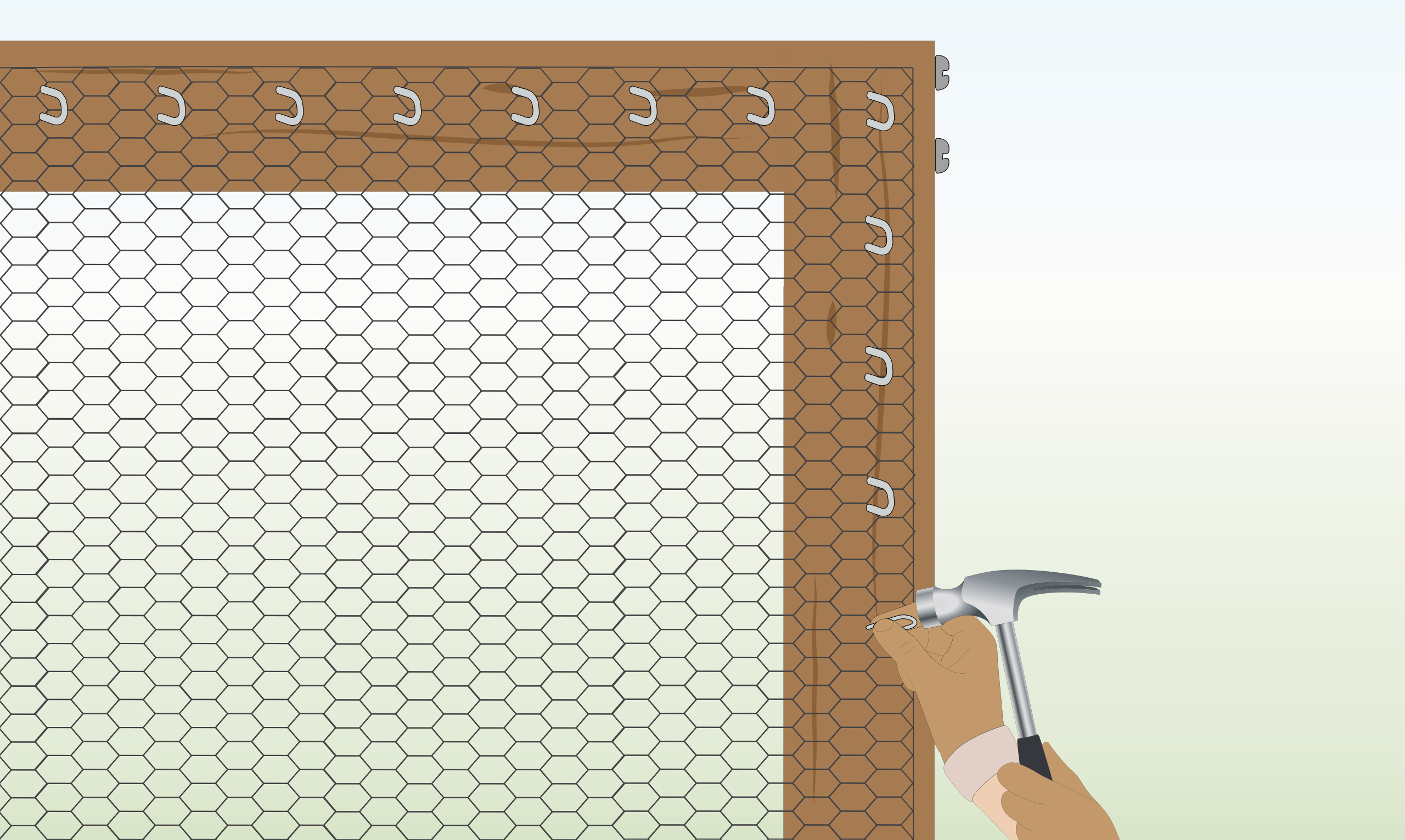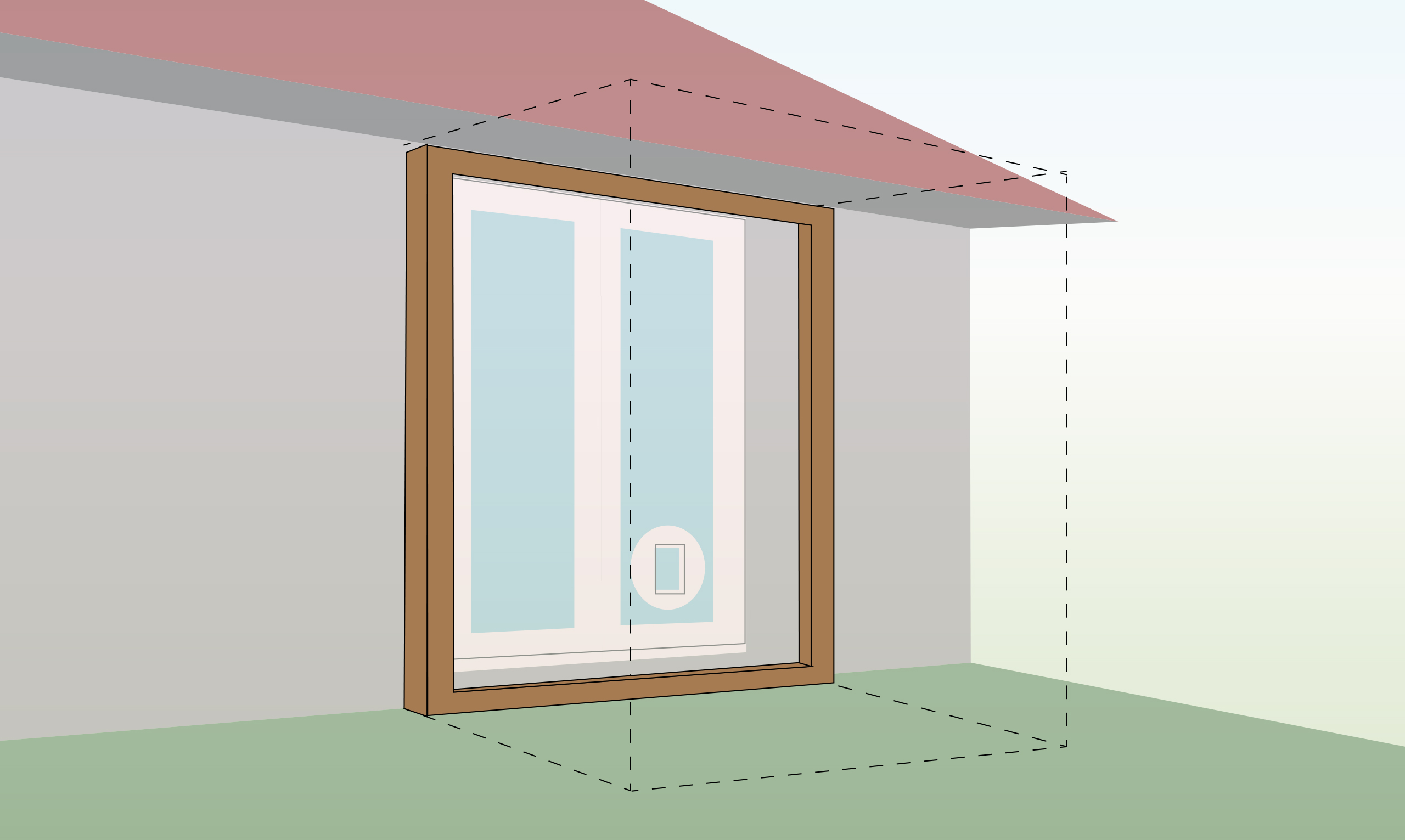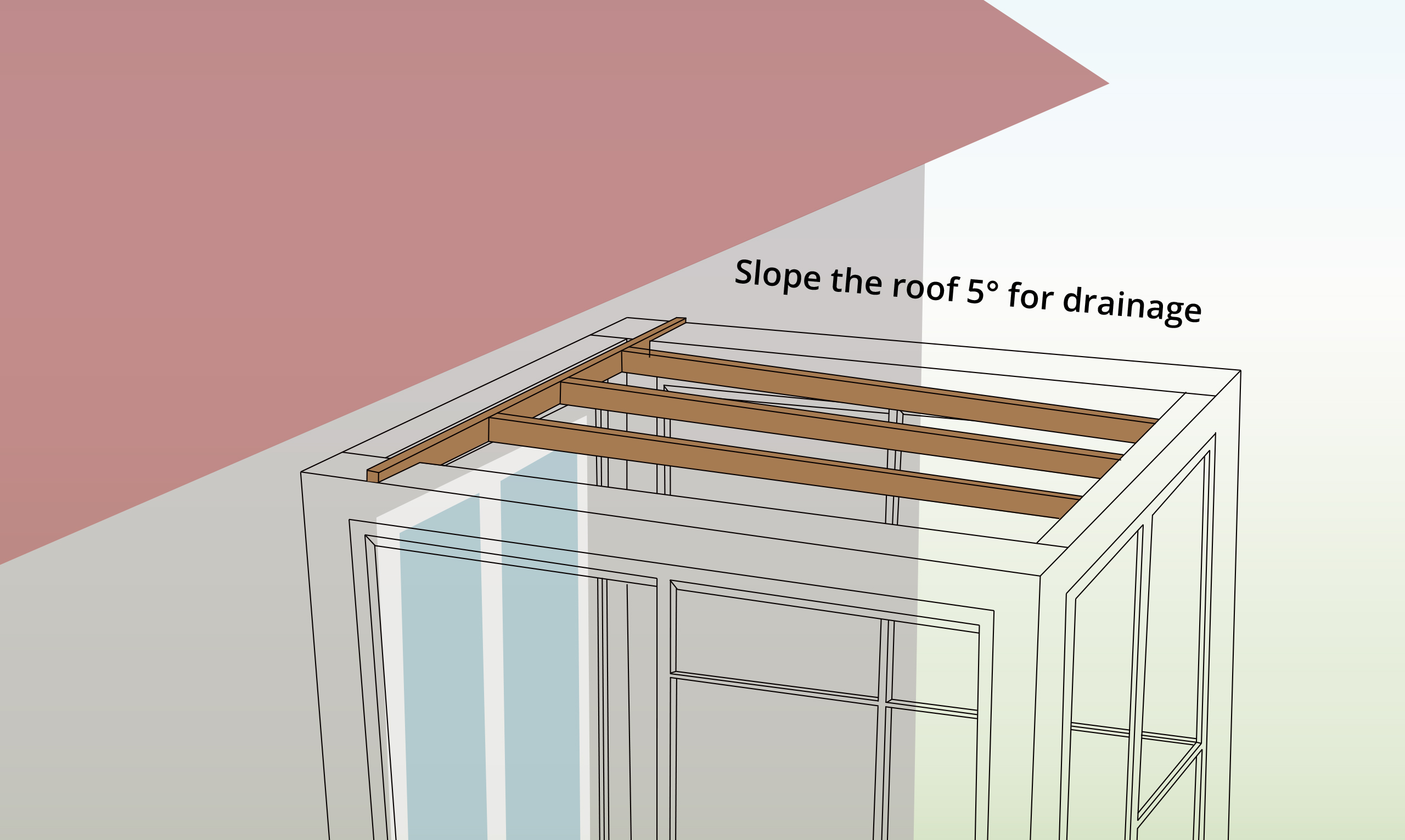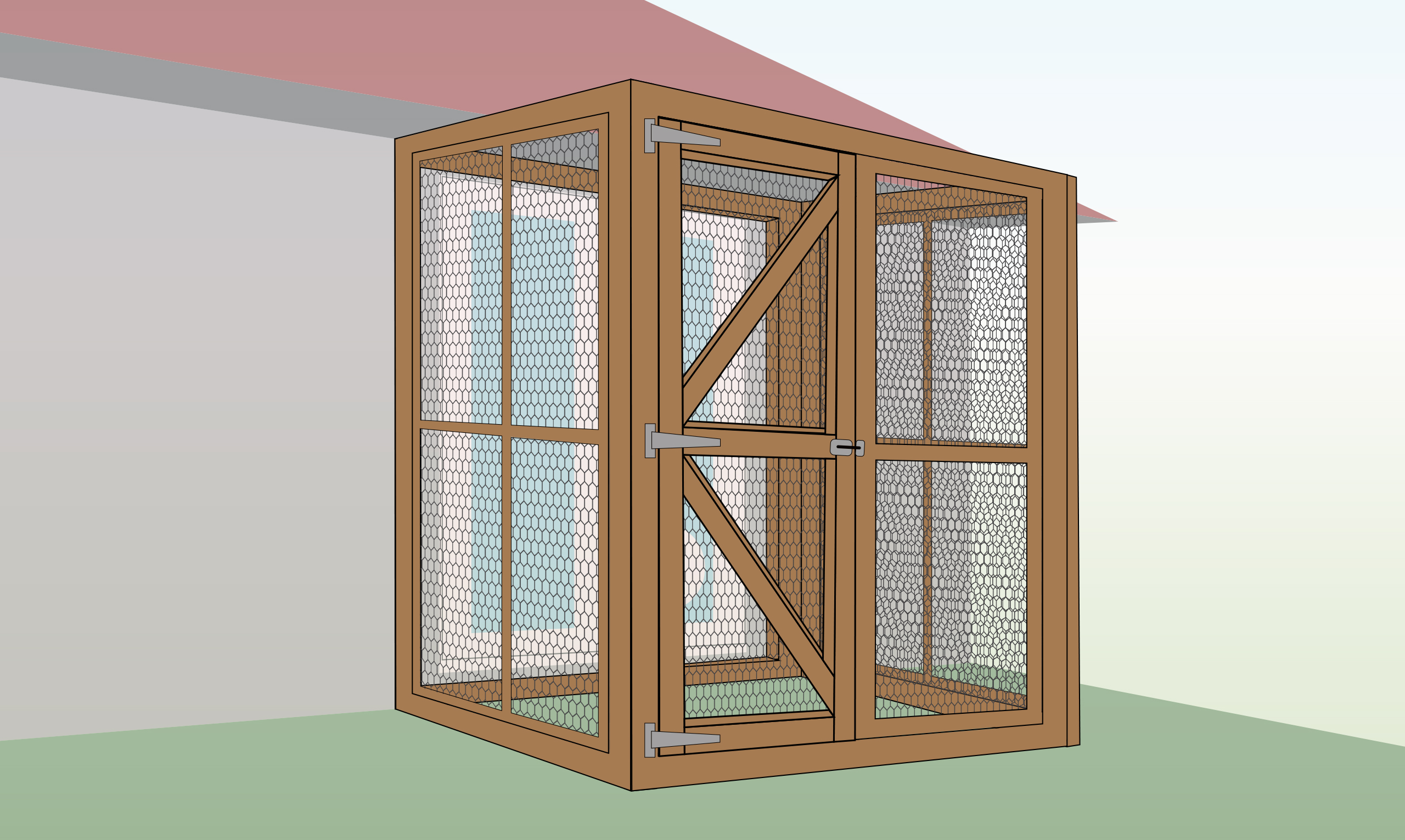How to Build a Cat Enclosure with Chicken Wire
Below you will find a step by step guide on how to build a cat enclosure with chicken wire.
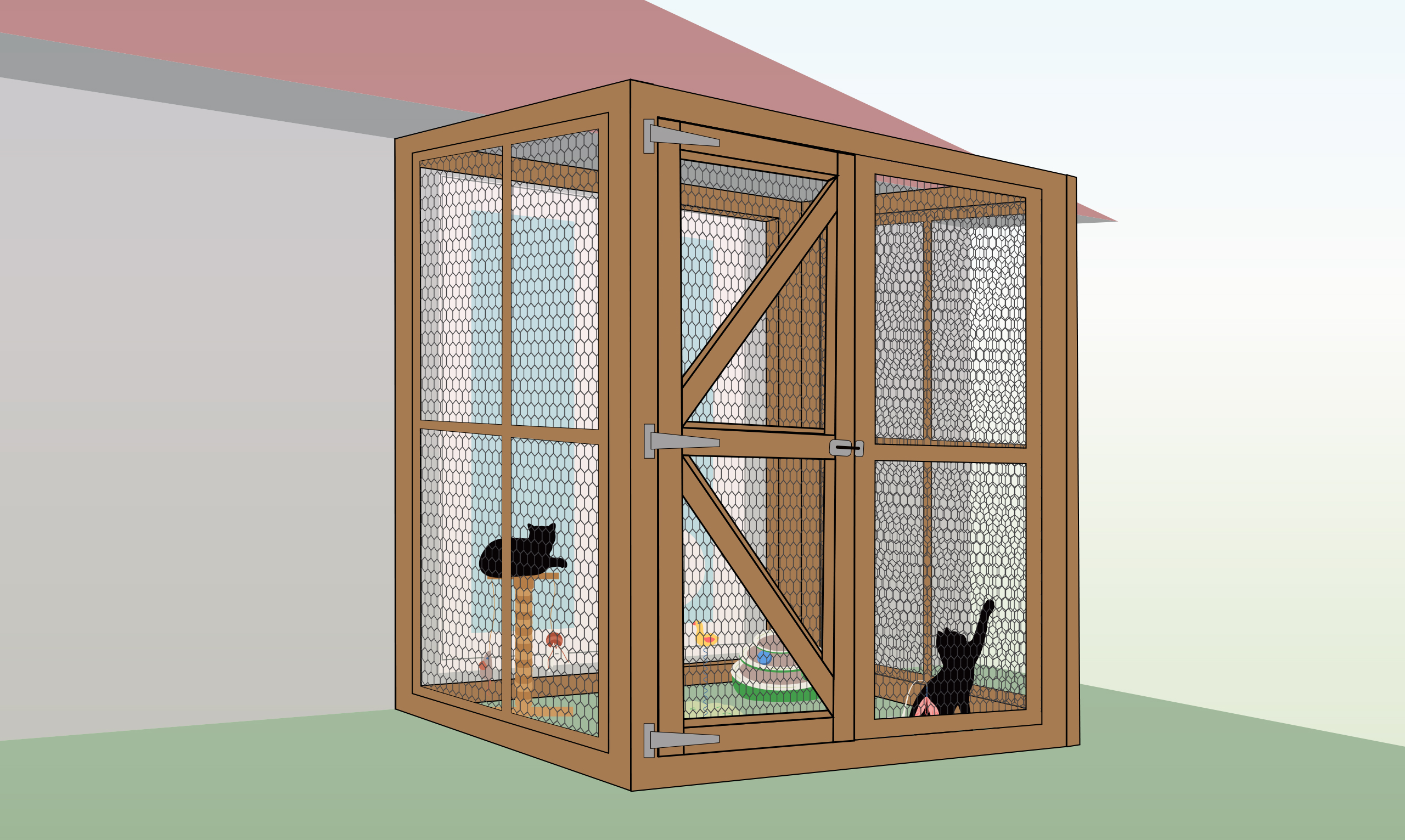
- Experience Required: Medium
- Tools Required: Protective gloves, Tape measure, Marker, Utility square, Wire cutters, Hammer, Hacksaw, Drill
- Materials Required: Chicken wire, Timber battens (like two-by-fours), Staples, Screws, Hinges, Latch
Step 1) Design Scheme
-
Measure your area and plan your chicken wire cat enclosure:
- Allocate 1-2 square meters per cat.
- Provide feline access via window, door or pet flap & include a door for yourself.
Step 2) Take the Measurements of Wood
- Grab your treated timber battens and a tape measure.
- Measure and mark the pieces required to craft the structural frames of the enclosure.
Step 3) Cut Battens
- Use a stable, horizontal surface to lay the battens on as you cut them to size with a hacksaw.
- Remember to wear protective gear throughout the process!
Step 4) Connect Batten Pieces
- Make sure the angles are precise by using a utility square.
- Alternatively use glue to connect the battens with wood, then secure with screws and drill.
- Pre-drilling and countersinking your joins will make the finish more secure.
Step 5) Build Frameworks
- Stick to your design plan and complete step 4 to make all required wooden frames.
- Ensure the backside of the enclosure stays open for doorway access, and leaving space for an exterior door if needed.
- Also, build a roof frame if choosing an open mesh design.
Step 6) Measure & Cut Netting
- Lay the wire mesh on the frames, ensuring it overlaps the wood.
- Cut along the wood to allow space for attaching with staples.
Step 7) Secure Netting to Frames
- Use staples spaced at most 15cm apart and hammer them into the wood to attach the netting to the frames.
- Ensure the back side remains open for easy access for your pets.
Step 8) Secure Back Frame to Wall
- Depending on the construction materials of the house, you may require various wall fixings for this stage.
- Ensure the open back of the enclosure is flush against the wall and securely attached.
Step 9) Attach Side Frames
- Connect the two side frames to the back frame using screws at least 4 points per side.
- Ensure that the mesh attachments are facing outwards.
- Remember to pre-drill and countersink your joins for a flush and secure finish!
Step 10) Secure Front Frame
- Continue with the previous step to secure the front frame to the two sides.
Step 11a) Build Roof Structure – Open (Mesh)
- Choose between weather-protective plastic or open mesh roofing.
- Proceed with steps 7-8 to install the roof panel and enclose the cat enclosure from the top.
- Ensure there is ample shade to shield your felines from UV rays if opting for this type of roofing.
Step 11b) Build Roof Structure – Closed (Plastic)
- Affix a batten to the back of the structure, then add several more perpendicularly on top to create a proper slope for water drainage.
- Cut and secure a plastic roofing sheet using roof screws to prevent water from entering the enclosure.
Step 12) Construct Door (if applicable)
- If your structure lacks interior access, add a door. Consider two entryways for convenience.
- Construct the door like the frame, but reinforce with diagonal braces.
- Attach mesh to the exterior to make it cat-proof.
Step 13) Secure Door (if applicable)
- If you’re not adding a door, skip this step.
- Attach three latches to the wooden frame using screws.
- Additionally, screw in a latch to secure the door closed.
Step 14) Inspect for Weak Spots
- Your cat enclosure should be complete.
- Ensure all sides and joins are properly attached, with no gaps for cats to escape.
- The back frame should be flush with the wall and securely attached, and the door should close properly.
Step 15) Furnish Your Cat Enclosure

- Enhance your pets’ outdoor experience with:
- Climbing trees, steps, ladders, and DIY scratching posts
- Hiding spots, beds, shelves and hammocks
DO’S AND DON’TS
- Avoid leaving food outside to deter animals;
- Provide fresh water and a litterbox;
- Ensure materials are comfortable and splinter-free;
- Choose pavement, wood, or grass for flooring;
- Include hiding spots and shade, while allowing sunlight for sunbathing.
FURTHER READING
- DIY Cat Proof Fence– Instructions on how to cat proof your fence
- Cutting Chicken Wire – Learn how to cut chicken wire using different tools
- How to Paint Chicken Wire – A guide showing you how to paint your mesh easily

